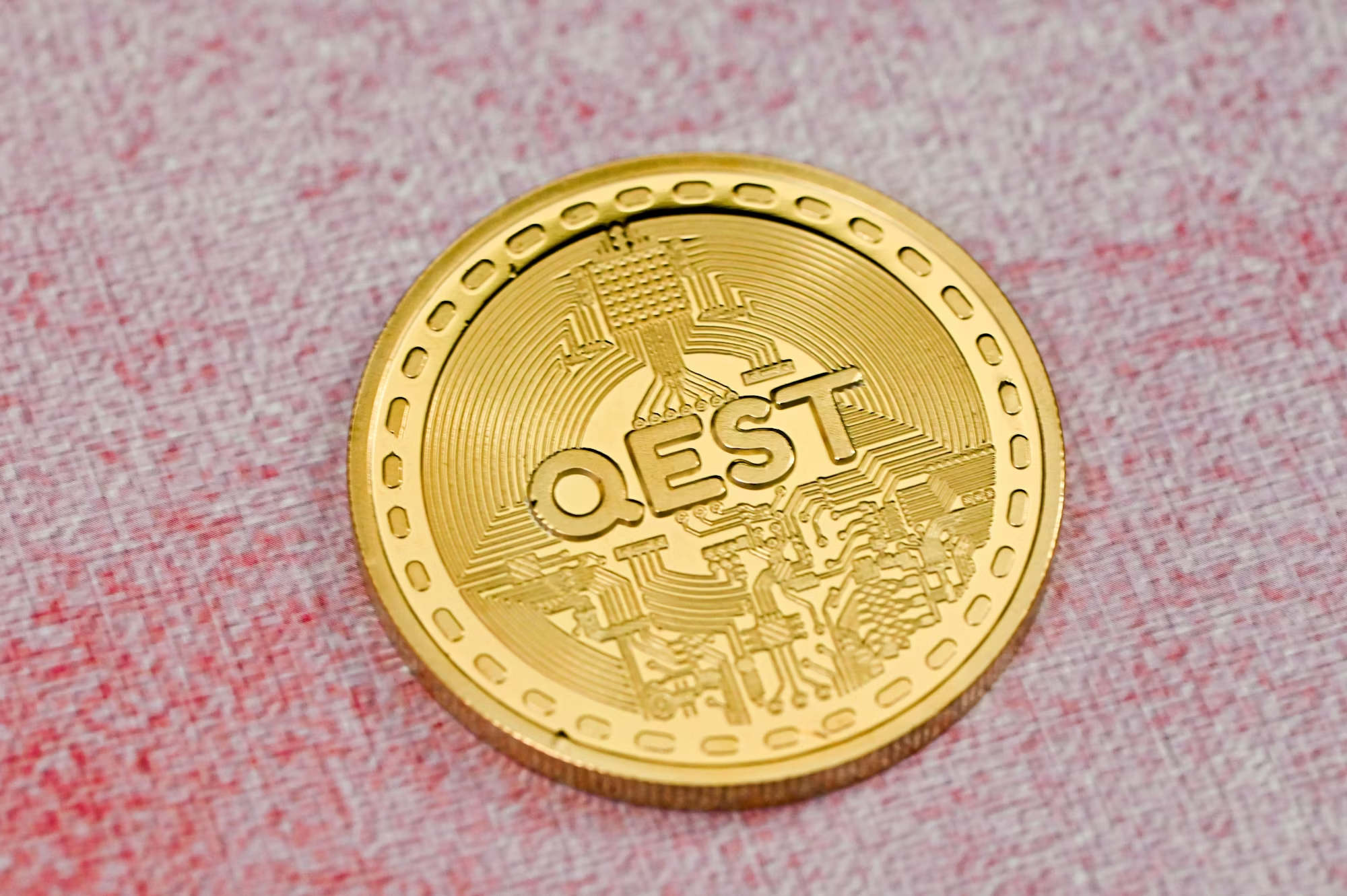As the world faces significant environmental challenges, the concept of sustainable living has gained prominence. Sustainable living refers to making choices that reduce our impact on the planet, ensuring that resources are available for future generations. This article delves into various eco-friendly practices that individuals and communities can adopt to promote sustainability and protect our environment.
Understanding Sustainability
Sustainability encompasses a holistic approach to living that considers environmental, social, and economic factors. It aims to meet our current needs without compromising the ability of future generations to meet theirs. By adopting sustainable practices, we can help mitigate climate change, conserve natural resources, and promote social equity. The transition to a more sustainable lifestyle often begins with small, manageable changes that can lead to significant collective impact.
Reducing Waste and Recycling
One of the most effective ways to embrace sustainable living is by reducing waste. The average person generates a substantial amount of waste daily, and much of it ends up in landfills. To combat this issue, individuals can adopt practices such as composting organic waste, using reusable bags, and choosing products with minimal packaging.
Recycling is another vital component of waste reduction. Many materials, including paper, plastic, glass, and metal, can be recycled and repurposed. Communities can promote recycling by providing accessible recycling bins and educating residents about proper recycling practices. This not only helps reduce landfill waste but also conserves resources by reducing the need for new materials.
Embracing Renewable Energy
The energy sector plays a significant role in environmental sustainability. Traditional energy sources, such as fossil fuels, contribute to greenhouse gas emissions and environmental degradation. Embracing renewable energy sources, such as solar, wind, and hydropower, can significantly reduce our carbon footprint.
Individuals can invest in solar panels for their homes, participate in community solar programs, or choose green energy options from their utility providers. By making the switch to renewable energy, households can decrease their reliance on fossil fuels and contribute to a cleaner, more sustainable energy future. Additionally, governments and organizations can support the transition by investing in renewable energy infrastructure and incentivizing its adoption.
Sustainable Transportation
Transportation is another critical area where individuals can make a difference. Traditional modes of transportation, especially those reliant on fossil fuels, contribute significantly to air pollution and greenhouse gas emissions. To promote sustainable transportation, individuals can consider alternative options such as walking, biking, carpooling, or using public transportation. These alternatives not only reduce emissions but also promote healthier lifestyles.
Electric vehicles (EVs) are also gaining popularity as a sustainable transportation option. With advancements in battery technology and an increasing number of charging stations, EVs provide a cleaner alternative to traditional gasoline-powered vehicles. As the market for EVs continues to grow, the shift toward sustainable transportation becomes more accessible for everyone.
Supporting Local and Sustainable Products
Choosing to support local businesses and sustainable products is another essential aspect of sustainable living. By purchasing locally produced goods, consumers can reduce the environmental impact associated with transportation and support their local economies. Farmers’ markets, community-supported agriculture (CSA) programs, and local artisan shops offer opportunities to buy fresh, seasonal, and sustainable products.
When shopping, individuals can also look for certifications that indicate sustainable practices, such as organic, Fair Trade, or cruelty-free labels. These certifications ensure that products are produced in an environmentally friendly manner and often support fair labor practices. By making informed purchasing decisions, consumers can promote sustainability and hold companies accountable for their practices.
Water Conservation
Water is a precious resource that is often taken for granted. As populations grow and climate change affects water availability, adopting water conservation practices becomes increasingly vital. Simple changes, such as fixing leaks, using water-efficient fixtures, and collecting rainwater for gardening, can significantly reduce water consumption.
Communities can implement programs to promote water conservation, such as educational campaigns and incentives for using water-efficient appliances. By raising awareness about the importance of water conservation, individuals can contribute to a more sustainable future while also reducing their utility bills.
Building Sustainable Communities
Sustainable living is not solely an individual effort; it requires collective action and collaboration within communities. Creating sustainable communities involves promoting green spaces, improving public transportation, and enhancing accessibility to local resources. Urban planning plays a significant role in this process, as cities can prioritize sustainable development practices that benefit residents and the environment.
Community gardens, for instance, not only provide access to fresh produce but also foster social connections among residents. Engaging in local initiatives, such as tree planting and cleanup events, can help strengthen community bonds while improving the local environment. By working together, communities can develop innovative solutions to address sustainability challenges and enhance the quality of life for all residents.
Education and Awareness
Education is a cornerstone of sustainable living. By raising awareness about environmental issues and sustainable practices, individuals can make more informed choices. Schools, organizations, and community groups can play a vital role in educating people about the importance of sustainability.
Workshops, seminars, and informational campaigns can help individuals understand the impact of their choices and inspire them to adopt sustainable practices. Furthermore, incorporating sustainability into educational curricula can empower future generations to prioritize environmental stewardship and become proactive in addressing global challenges.
Conclusion
Sustainable living is a journey that begins with small, intentional choices. By adopting eco-friendly practices in our daily lives, we can collectively work toward a healthier planet for ourselves and future generations. From reducing waste and embracing renewable energy to supporting local businesses and fostering sustainable communities, every action counts. As we navigate the challenges of the 21st century, let us embrace sustainability as a guiding principle in our lives, creating a brighter and more sustainable future for all.



